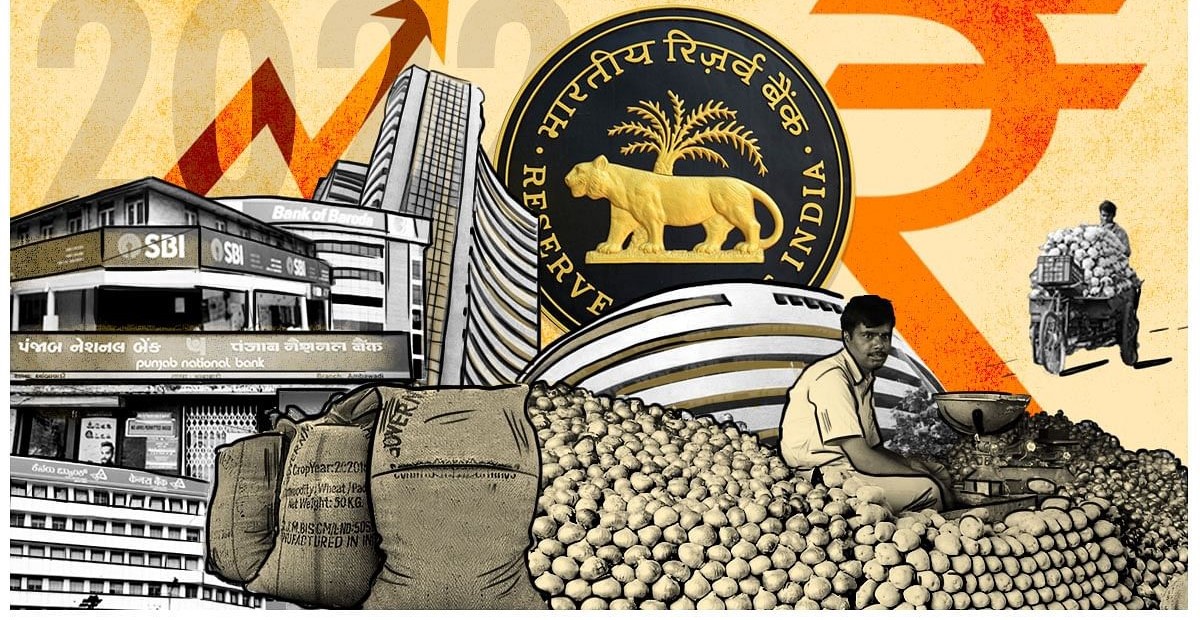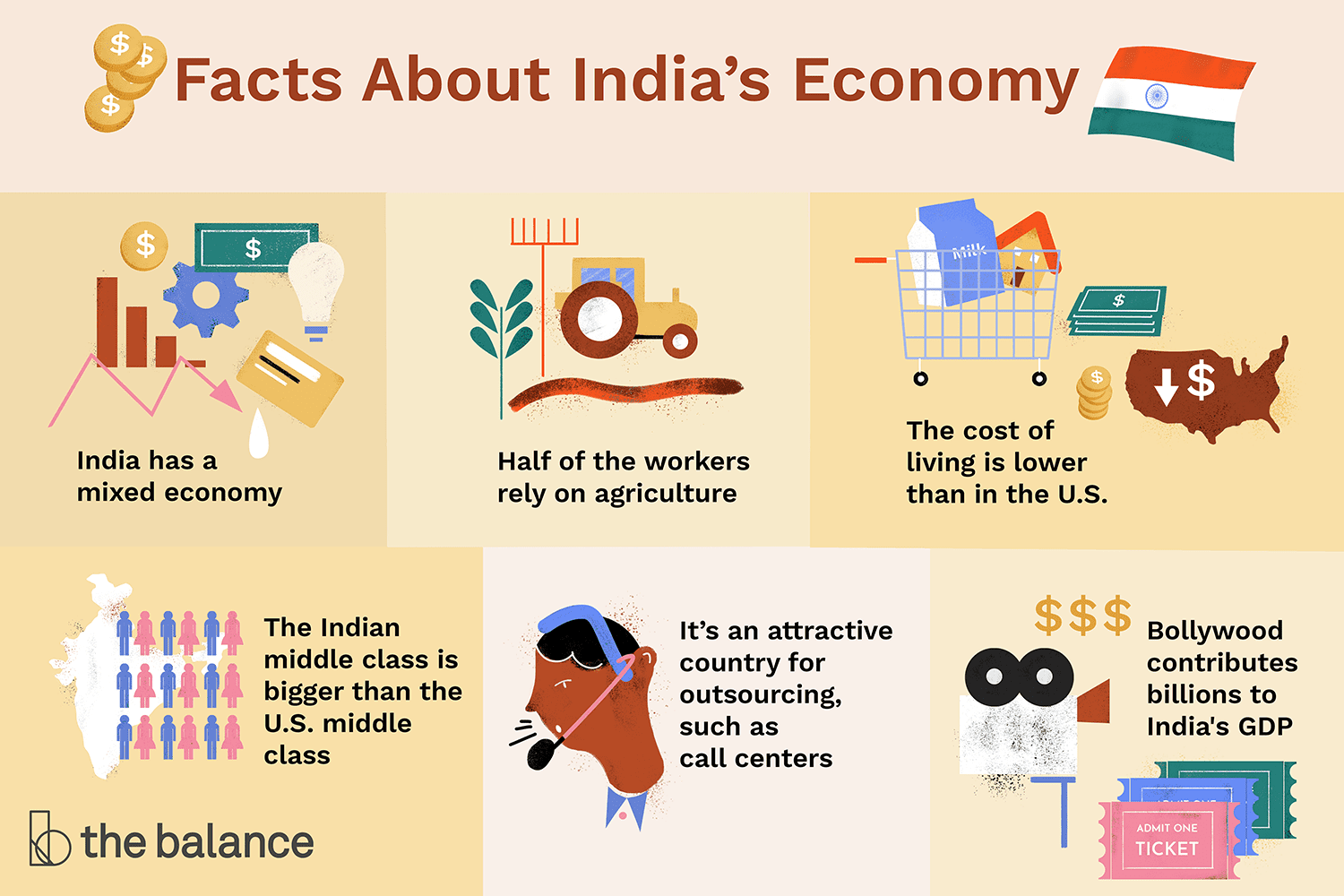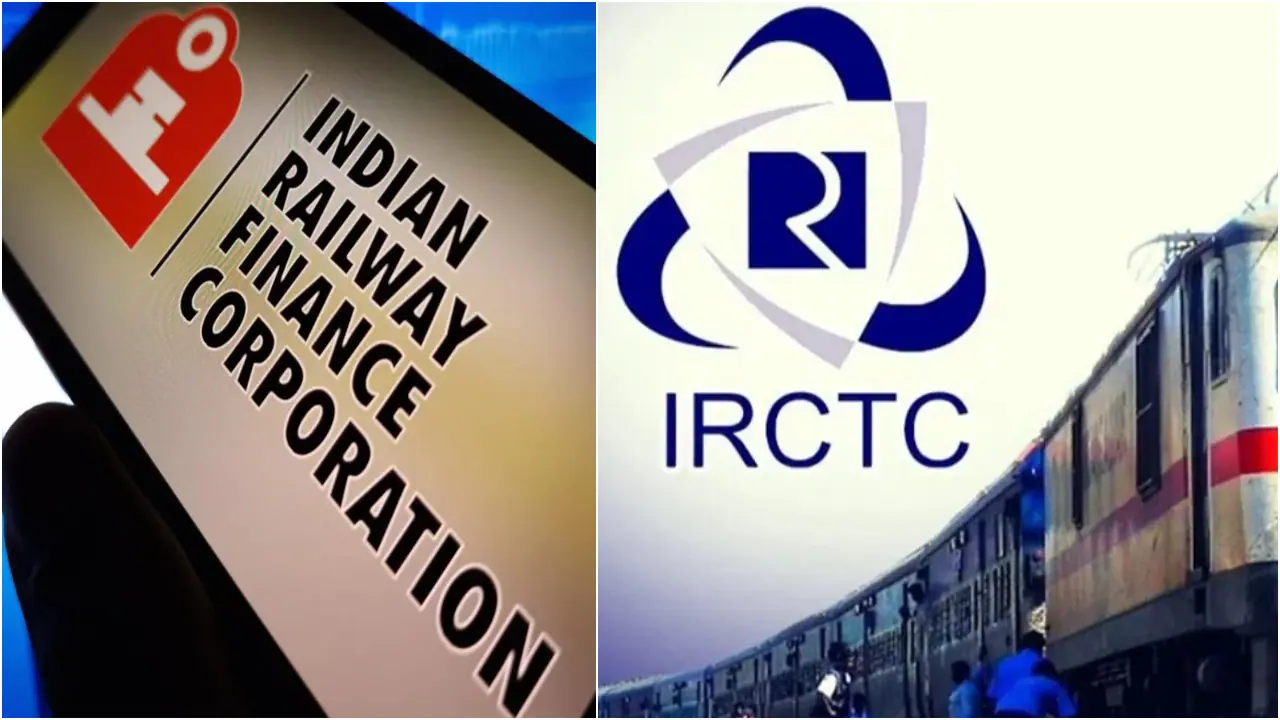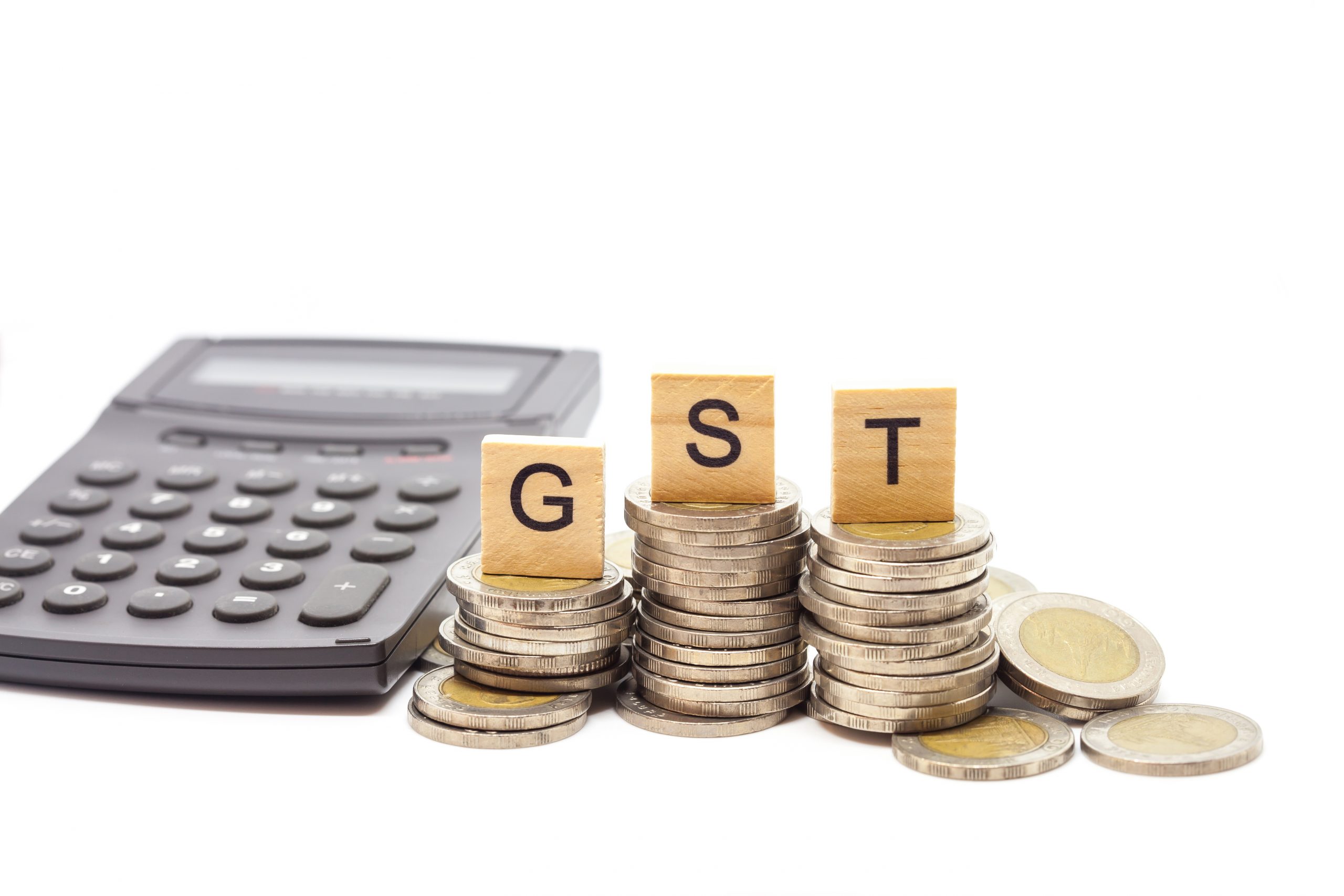- Courses
- GS Full Course 1 Year
- GS Full Course 2 Year
- GS Full Course 3 Year
- GS Full Course Till Selection
- CSAT
- 5 LAYERED ARJUNA Mentorship
- Public Administration Optional
- Online Program
- GS Recorded Course
- NCERT Batch
- Polity Module Course
- Geography Module Course
- Economy Module Course
- AMAC Module Course
- Modern India, Post Independence & World History Module Course
- Environment Module Course
- Governance Module Course
- Science & Tech. Module Course
- International Relations and Internal Security Module Course
- Disaster Management Module Course
- Ethics Module Course
- Essay Module Course
- Current Affairs Module Course
- ABOUT US
- OUR TOPPERS
- TEST SERIES
- FREE STUDY MATERIAL
- VIDEOS
- CONTACT US
Indian Economy
Indian Economy

Indian Economy
India is the world's sixth-largest economy in terms of nominal GDP (2022), and its economic growth over the past few decades has been remarkable.
The article provides a brief history of the Indian economy from 1947 to 201, highlighting key events and milestones that have shaped its development.
Brief History of Indian Economy
Ancient And Medieval Times
- The history of India begins with the Indus Valley civilization, which thrived from 3500 BC to 1800 BC. The economy of the Indus civilization relied heavily on trade, facilitated by advances in transport.
- They practiced agriculture, domesticated animals, made sharp tools and weapons from copper, bronze, and tin, and traded in various goods such as terracotta pots, beads, gold and silver, colored gemstones, metals, flints, seashells, and pearls.
- Around 600 BC, the Mahajanapadas minted punch-marked silver coins, marking a period of intense trade activity and urban development.
- By 300 BC, the Maurya Empire united most of the Indian subcontinent, resulting in a common economic system and enhanced trade and commerce, with increased agricultural productivity and improved infrastructure.
- India produced its classical civilizations for the next 1500 years, generating significant wealth, with estimates suggesting India controlled between one third and one fourth of the world's wealth.
- During the Mughal period (1526–1858 AD), India experienced unprecedented prosperity, with its gross domestic product estimated at about 25.1% of the world economy in the 16th century, and the annual revenue of Emperor Akbar's treasury in 1600 AD at £17.5 million.
- The gross domestic product of Mughal India in 1600 AD was estimated at about 24.3% of the world economy, the second-largest in the world.
- By 1700 AD, the exchequer of Emperor Aurangzeb reported an annual revenue of more than £100 million, indicating continued economic growth and prosperity.
- The British East India Company whose political power gradually expanded in India from 1757 onwards. The ruthless exploitation under British colonial rule completely devastated India’s economy. India’s population was subject to frequent famines, had one of the world's lowest life expectancies, suffered from pervasive malnutrition and was largely illiterate. As per British economist, Angus Maddison India's share of the world income went from 27% in 1700 AD (compared to Europe's share of 23%) to 3% in 1950.
Post-Independence Phase
- India's economy was initially dominated by agriculture and small-scale industries. When India gained independence in 1947, the country faced numerous challenges, including the aftermath of the Partition, a severe food shortage, and a struggling economy.
- In the 1950s and 1960s, the government pursued a strategy of state-led industrialization and central planning. This period saw the development of heavy industries, the creation of large public sector enterprises, and the implementation of socialist policies such as land reforms and the nationalization of industries.
- The 1960s also saw the Green Revolution, a period of significant growth in agriculture thanks to the introduction of high-yielding varieties of crops, irrigation facilities, and other agricultural innovations. This period helped India achieve food self-sufficiency and reduce its reliance on food imports.
- In the 1970s, the government continued to pursue socialist policies, including the nationalization of banks and the abolition of the privy purses paid to former princely states. This period also saw a significant increase in government spending on social welfare programs.
- The 1980s saw a shift towards a more market-oriented economy, with the government reducing regulations and promoting foreign investment. However, this period was also marked by high inflation, a growing fiscal deficit, and a balance of payments crisis.
- In the 1990s, the liberalization of the economy led to increased foreign investment, growth in the service sector, and the emergence of a new middle class. This period saw the removal of many trade and investment barriers, the privatization of many public sector enterprises, and the introduction of economic reforms such as the abolition of the License Raj.
- India's economy has continued to grow rapidly in the 21st century, with a focus on innovation, entrepreneurship, and digitalization. The country has become a hub for information technology and other services, and its young and growing population is seen as a significant asset.

The Five-Year Plans for Growth of Indian Economy
First Five-Year Plan (1951-56):
- The first five-year plan was launched by the government of India in 1951.
- The primary focus of the plan was on agriculture and rural development.
- The aim was to increase agricultural production, improve irrigation facilities, and develop rural infrastructure.
- The plan also focused on the development of heavy industries, such as steel, power, and mining.
Second Five-Year Plan (1956-61):
- The second five-year plan was launched in 1956.
- The primary focus of the plan was on industrial development, with a particular emphasis on the expansion of the public sector.
- The plan aimed to promote self-reliance and reduce the country's dependence on imports.
- The plan also aimed to promote social welfare through investments in health, education, and housing.
Third Five-Year Plan (1961-66):
- The third five-year plan was launched in 1961.
- The plan focused on agriculture and rural development, with an emphasis on increasing agricultural productivity and improving irrigation facilities.
- The plan also aimed to promote industrial development, with a particular focus on the development of small and medium-sized enterprises.
- The plan aimed to reduce poverty and inequality through investments in social welfare programs.
Fourth Five-Year Plan (1969-74):
- The fourth five-year plan was launched in 1969.
- The primary focus of the plan was on the development of heavy industries, such as steel, power, and mining.
- The plan aimed to promote self-reliance and reduce the country's dependence on imports.
- The plan also aimed to promote social welfare through investments in health, education, and housing.
Fifth Five-Year Plan (1974-79):
- The fifth five-year plan was launched in 1974.
- The plan focused on poverty alleviation and employment generation, with an emphasis on rural development.
- The plan aimed to promote the development of small and medium-sized enterprises and the expansion of the public sector.
- The plan also aimed to promote social welfare through investments in health, education, and housing.
Sixth Five-Year Plan (1980-85):
- The sixth five-year plan was launched in 1980.
- The plan focused on agricultural development and the promotion of rural industries.
- The plan aimed to increase agricultural productivity, promote the development of small and medium-sized enterprises, and expand the public sector.
- The plan also aimed to promote social welfare through investments in health, education, and housing.
Seventh Five-Year Plan (1985-90):
- The seventh five-year plan was launched in 1985.
- The plan focused on industrial development, with an emphasis on the expansion of the public sector and the promotion of small and medium-sized enterprises.
- The plan aimed to increase exports, reduce import dependence, and promote self-reliance.
- The plan also aimed to promote social welfare through investments in health, education, and housing.
Eighth Five-Year Plan (1992-97):
- The eighth five-year plan was launched in 1992.
- The plan focused on economic liberalization, with an emphasis on promoting private sector investment and reducing the role of the state in the economy.
- The plan aimed to promote exports, attract foreign investment, and improve infrastructure.
- The plan also aimed to promote social welfare through investments in health, education, and housing.
Ninth Five-Year Plan (1997-2002):
- The ninth five-year plan was launched in 1997.
- The plan focused on human development, with an emphasis on health, education, and employment generation.
- The plan aimed to promote the development of infrastructure, particularly in rural areas.
- The plan aimed to increase agricultural productivity and improve irrigation facilities.
- The plan aimed to promote the development of small and medium-sized enterprises and promote exports.
Tenth Five-Year Plan (2002-2007):
- The tenth five-year plan was launched in 2002.
- The plan focused on inclusive growth, with an emphasis on reducing poverty and inequality.
- The plan aimed to promote the development of infrastructure, particularly in rural areas.
- The plan aimed to increase agricultural productivity and improve irrigation facilities.
- The plan aimed to promote the development of small and medium-sized enterprises and promote exports.
Eleventh Five-Year Plan (2007-2012):
- The eleventh five-year plan was launched in 2007.
- The plan focused on faster and more inclusive growth, with an emphasis on reducing poverty and inequality.
- The plan aimed to promote the development of infrastructure, particularly in rural areas.
- The plan aimed to increase agricultural productivity and improve irrigation facilities.
- The plan aimed to promote the development of small and medium-sized enterprises and promote exports.
- The plan also focused on human development, with an emphasis on health, education, and employment generation.
Twelfth Five-Year Plan (2012-2017):
- The twelfth five-year plan was launched in 2012.
- The plan focused on inclusive and sustainable development, with an emphasis on reducing poverty and promoting social equity.
- The plan aimed to promote the development of infrastructure, particularly in rural areas and the Northeastern region.
- The plan aimed to increase agricultural productivity and improve irrigation facilities.
- The plan aimed to promote the development of small and medium-sized enterprises and promote exports.
- The plan also focused on human development, with an emphasis on health, education, and skill development.
The Indian government has discontinued with five-year plans beyond the Twelfth Five-Year Plan. Instead, the government has adopted a three-year action plan called the "Niti Aayog's Three Year Action Agenda, 2017-18 to 2019-20," and a 15-year vision called the "Niti Aayog's Vision 2030."
The government has also launched several initiatives, such as "Make in India," "Digital India," and "Skill India," to promote economic growth and development.



